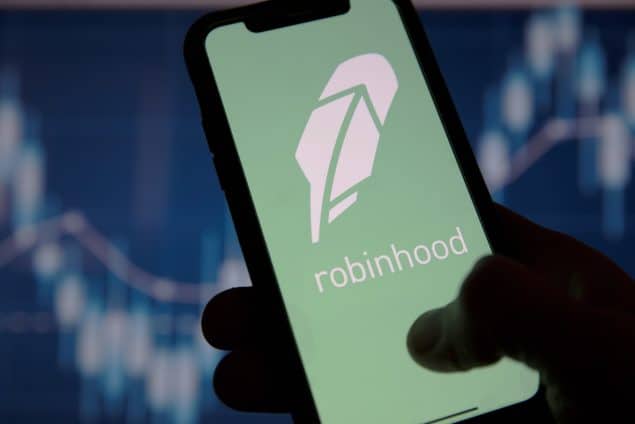Home » US business news • US Employment News » Robinhood conducts third layoff wave with 150 jobs on the line
Robinhood conducts third layoff wave with 150 jobs on the line
https://www.whatjobs.com/news/usa/us-business-news/robinhood-conducts-third-layoff-wave-with-150-jobs-on-the-line

By Nithya Bose in US business news, posted June 28, 2023

Online brokerage Robinhood Markets is undergoing its third round of layoffs, cutting approximately seven percent of its full-time staff.
Around 150 employees are being laid off as it adapts to a slowdown in customer trading activity.
The layoffs are aimed at aligning team structures and adjusting to changing volumes.
Read More: Qualcomm slashes 415 jobs as smartphone sales slump
Last year, Robinhood underwent two rounds of layoffs, resulting in over 1,000 job cuts.
At the end of 2022, the company had approximately 2,300 full-time employees.
A company spokesperson said: “We’re ensuring operational excellence in how we work together on an ongoing basis.
“In some cases, this may mean teams make changes based on volume, workload, org design, and more.”
Read More: BlackRock to axe one percent of its staff
The latest restructuring impacts roles in customer experience, platform shared services, customer trust and safety, and safety and productivity.
Robinhood has observed an increase in voluntary departures and declines in reported employee job satisfaction following the previous rounds of layoffs.
The recent layoffs come shortly after Robinhood announces its agreement to acquire credit-card startup X1 for $95 million.
The move is part of Robinhood's strategy to expand its product offerings beyond trading.
Need Career Advice? Get employment skills advice at all levels of your career
Robinhood gained popularity during Covid-19 for its user-friendly mobile-first online brokerage platform, attracting over 21 million monthly active users at its peak in the second quarter of 2021.
However, as of May, the platform had fewer than 11 million monthly active users, leading to a decline in transaction-based revenue.
While Robinhood's shares have increased by approximately 18 percent this year, they remain significantly lower (down by around 86 percent) compared to their record high following the company's initial public offering in 2021.
Follow us on YouTube, Twitter, LinkedIn, and Facebook.














